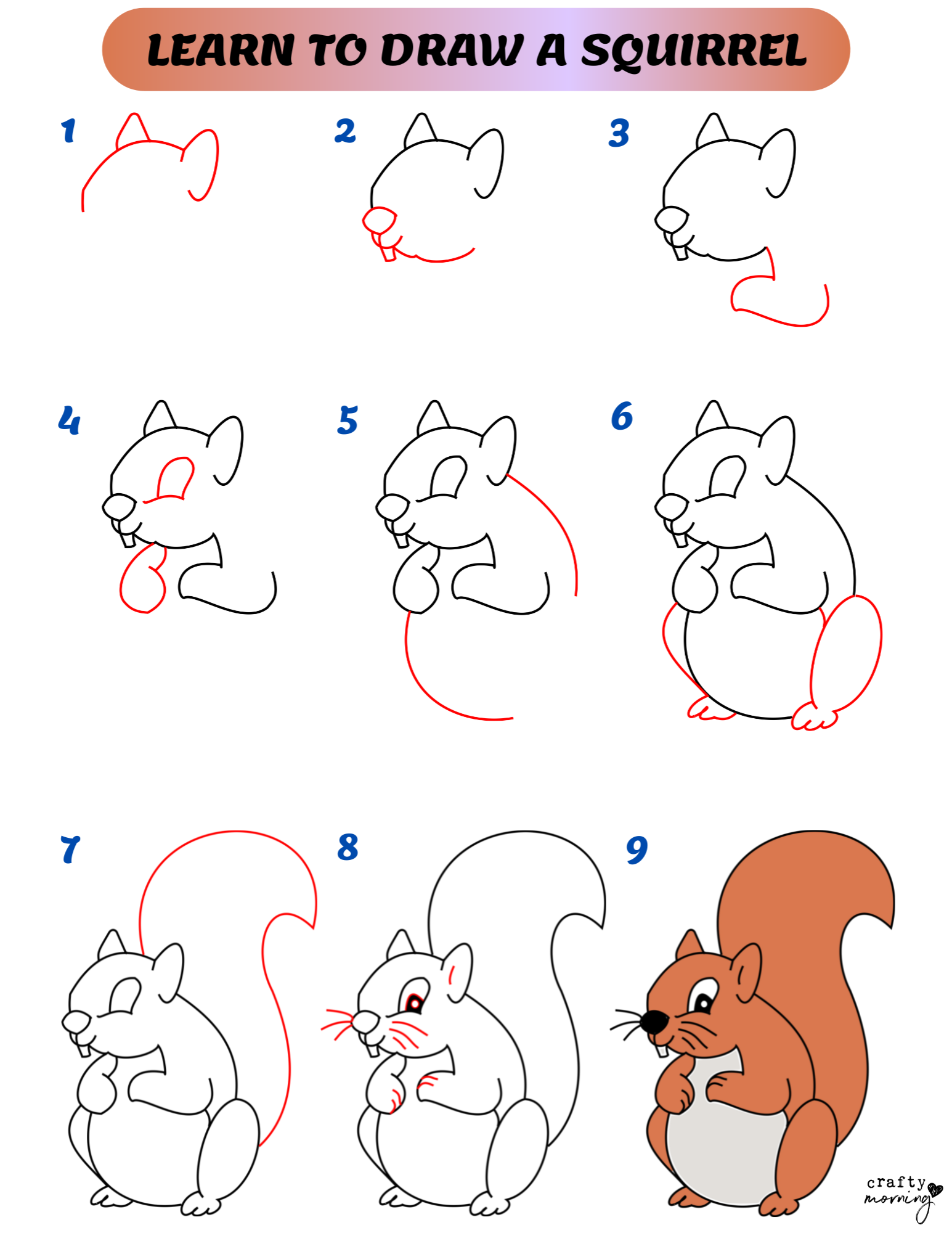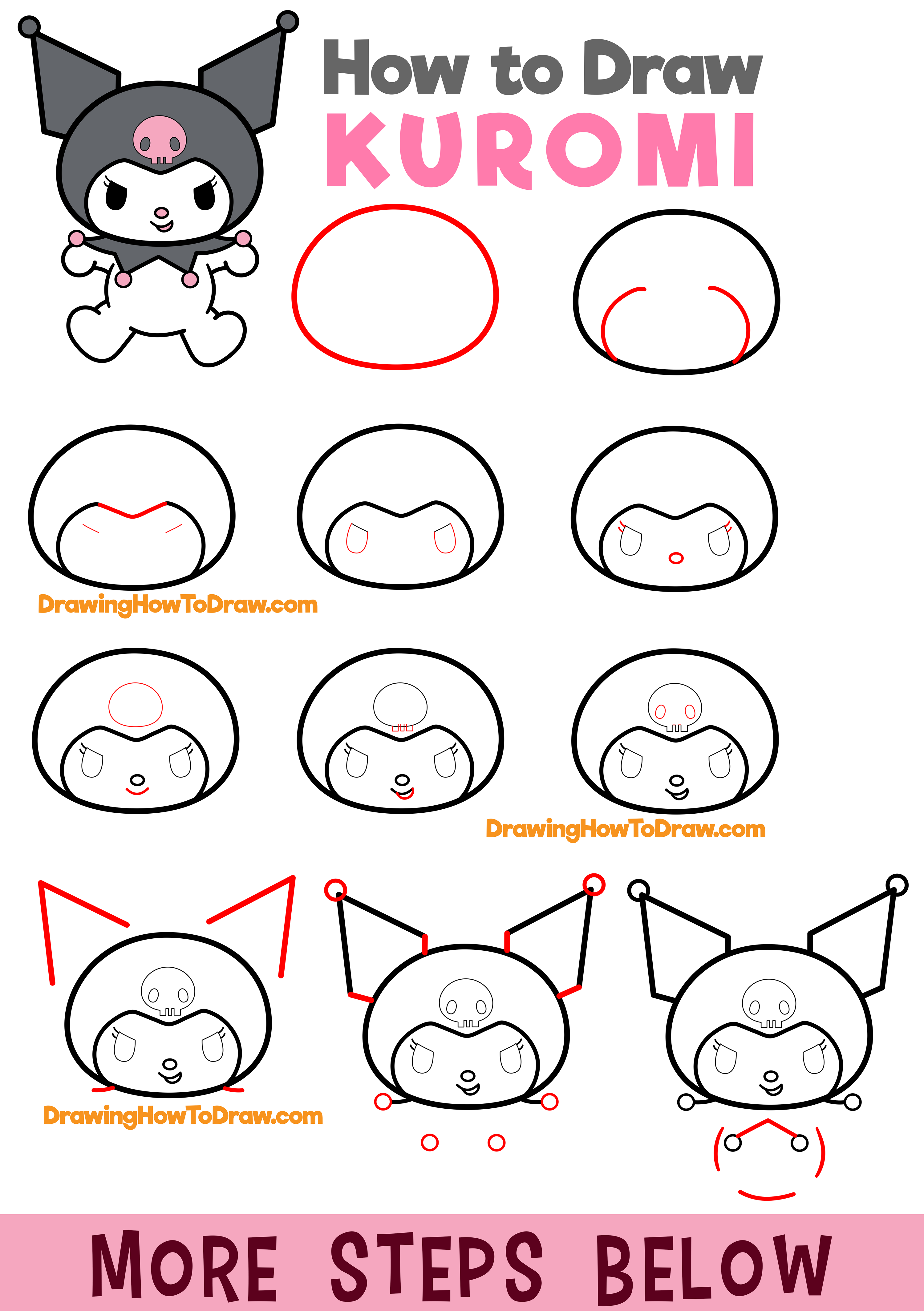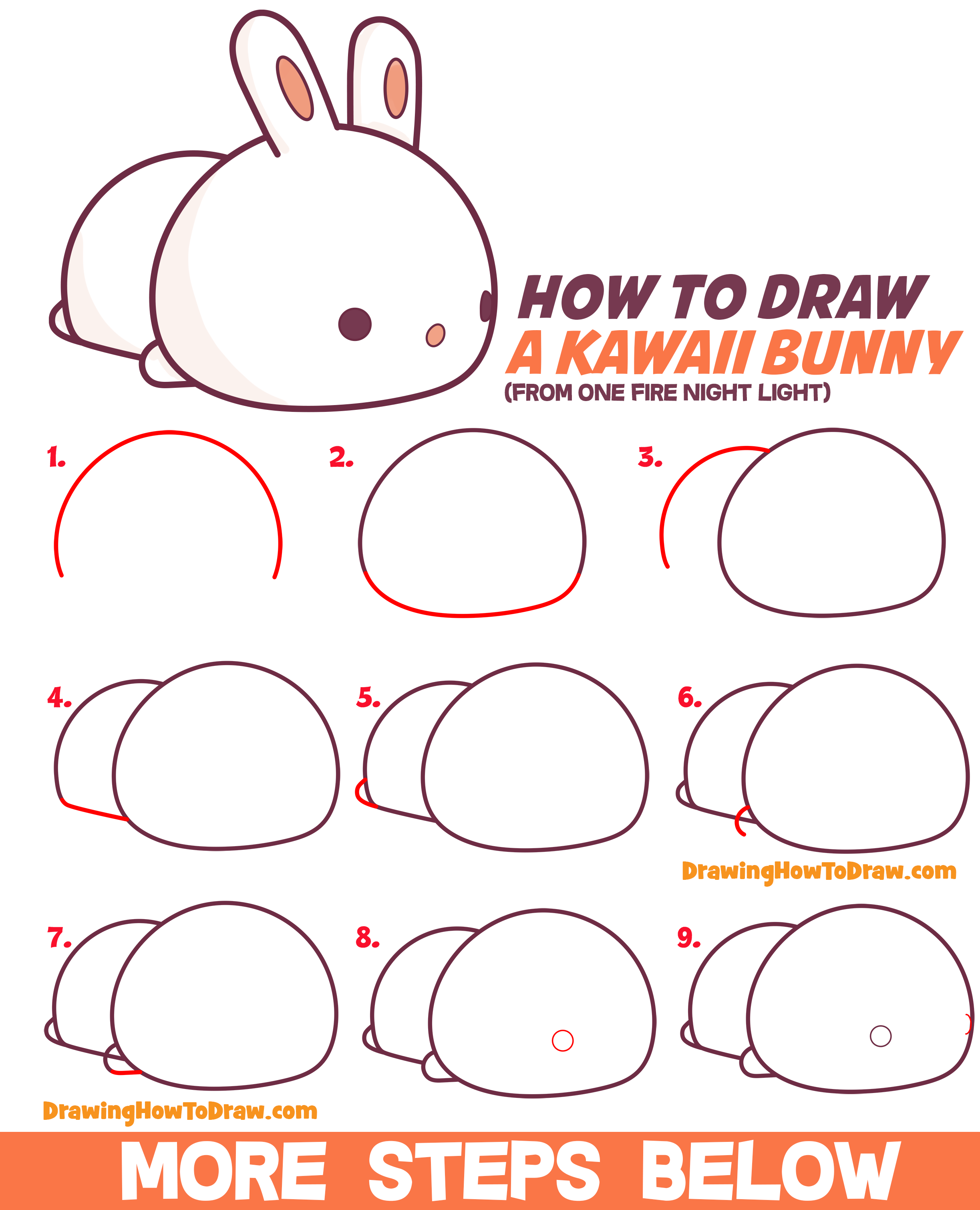How To Draw In Chess - Understanding Game Outcomes
Sometimes, in a game of chess, neither side truly wins or loses; the contest finishes in a shared outcome. This happens when the play reaches a point where no player can force a victory, or when certain game conditions are met. It is a fundamental part of how chess works, really, offering a different kind of ending than a checkmate. Knowing about these tied results can totally change how you look at a game, especially when things get tight on the board.
A drawn game can feel a bit different than a clear win or loss, but it is just as much a part of the contest. It shows that both players, through their moves, have either reached a balanced spot or have gotten into a situation where a win simply cannot happen. This is a very common occurrence in high-level play, actually, where players are good at finding ways to keep their opponents from gaining an advantage that sticks. It's about finding paths that lead to an unbreakable balance, or, perhaps, avoiding trouble.
Understanding these ways a game can finish without a victor is pretty important for anyone who wants to play chess well. It is not just about checkmating the other king; it is also about knowing when to aim for a tie, or when to recognize that a tie is the most likely result. You see, sometimes the goal changes from trying to win outright to making sure you do not lose, which can be a very smart way to approach things, particularly when the chips are down.
Table of Contents
- What is a Draw in Chess- How to Draw a Game?
- When Can You Claim a Draw- How to Draw by Agreement?
- What Happens if Players Don't Agree- How to Draw Without Consent?
- Can a Game Always Be Drawn- How to Draw Perfectly?
What is a Draw in Chess- How to Draw a Game?
A draw in chess means the game ends with no winner or loser, a shared outcome for both sides. This can happen for a few reasons, each with its own set of conditions. One of the most common ways a game finishes this way is something called a stalemate. Basically, if it is your turn to make a move, and your lone king, or any of your pieces for that matter, has no legal place to go, but your king is not currently under attack, that is a stalemate. It is a bit like being stuck without being in direct danger, and it leads to a tied result, too. This specific scenario is described as a draw, a game that just ends without a clear victor. It can also show up in other types of situations, like when there are not enough pieces left on the board to force a checkmate, or if both players simply agree to call it a draw because they feel no progress can be made. These are all ways to finish a game without a winner, you know, a very common sight.
How Do Chess Engines See a Draw- How to Draw Like a Machine?
When we talk about computer programs that play chess, often called chess engines, they have their own ways of thinking about tied games. Many of these programs actually recognize when a position is about to repeat itself multiple times. When this happens, they will give that repeating position a score that means it is a draw. So, if the same moves are made over and over, the computer sees it as a tie, more or less. However, some of the very best chess engines out there, like Stockfish and Ethereal, do things a little differently. They do not automatically mark these repeating positions as a draw. Instead, they keep playing, trying to find any tiny chance for a win, or perhaps to avoid a loss. This shows a subtle difference in how they think about the game, and how they approach situations that might lead to a shared outcome.
When Can You Claim a Draw- How to Draw by Agreement?
There are specific rules in chess that allow players to say, "I want to call this game a draw." The rules set by FIDE, the international chess group, say that a game can be declared a draw if a player whose turn it is makes a proper claim. This happens, for example, if the same position on the board shows up for the third time, with the same player having the chance to move. It is a way of saying, "We have been here before, and nothing new is happening." A position is not considered the same if, say, an earlier instance allowed for a special move like capturing a pawn as it moves past another, called en passant. This rule helps keep games from going on forever without any real progress. So, if you see the board repeating itself, you might have a chance to claim a tie, which is a pretty neat way to finish things up.
Are All Draws the Same- How to Draw in Different Ways?
Not all tied outcomes in chess are exactly alike; they can happen for different reasons, some of which are quite dramatic. One interesting way to get a draw is through something called perpetual check. This is where one player keeps checking the other king, move after move, without ever being able to deliver a checkmate. The key part is that the king under attack has no way to escape the constant checks. For instance, you might be looking for a series of white checks that makes a draw happen because of this continuous attack. And, importantly, at least one, but not all, of the black responses to these checks must also be a check. This creates a loop where neither side can get ahead, leading to a tie. Sometimes, a position might look like a draw to a computer, but then a human player makes a big mistake, and suddenly a checkmate becomes possible. This shows that while some positions are truly tied, human play can make things go in unexpected directions. Websites that host chess games, like chess.com, generally use rules very similar to those from FIDE, so these conditions for a tied game are pretty standard across the board, so to speak. This is why your game might have finished in a way you did not expect.
What Happens if Players Don't Agree- How to Draw Without Consent?
Sometimes, players might think they are about to agree to a tied game, but then an official steps in. There was a situation where players were just about to shake hands and call it a draw. However, the person overseeing the tournament, called an arbiter, stopped the clocks. This arbiter then told the players that they would need to talk to the main arbiter of the event. This can happen if there is some question about whether a draw condition has actually been met, or if there is a dispute between the players. It shows that even when players think they have reached a shared outcome, the rules and officials are there to make sure everything is done by the book. It is a reminder that chess, like any structured activity, has its own set of procedures to follow, especially when things get a little unclear, which can happen, of course.
What About the 50-Move Rule- How to Draw After Many Moves?
Another important way a game can end in a draw is through the 50-move rule. This rule basically says that if each player has made at least the last 50 moves without any pawn moving and without any piece being captured, the game can be called a draw. This is outlined in Article 9.3 of the FIDE rules. The idea here is to prevent games from dragging on indefinitely when no real progress is being made. It gives players a way to end a game that has become stagnant, you know, where neither side can break through. So, if you find yourself in a very long game where pieces are just moving around without anything happening, this rule might come into play. The tournament guidelines would then involve all the necessary procedures to confirm this type of tied outcome. It is a way to ensure games move forward, or, at least, come to a sensible conclusion if they are not going anywhere fast.
Can a Game Always Be Drawn- How to Draw Perfectly?
If both players were to play perfectly, without making any mistakes at all, a game of chess would always, always end in a draw. This is a pretty interesting thought, because it means that in its purest form, chess is a balanced game. Wins and losses only happen because one player, or sometimes both, makes an error. These errors can be big blunders or just small slips, but they are the only reason we see someone win or lose. So, if players could always find the very best move, the game would just keep going until it hit one of those draw conditions, like the 50-move rule or a threefold repetition. For example, if both players play without fault, after 75 moves the game would be declared a draw by rule 9.6.2. However, when humans play, other outcomes are possible, and the game might turn out differently. It is these human elements, the mistakes and the unexpected choices, that make chess so much fun, even if it means we do not always get a perfectly played draw.
Is it Always a Draw- How to Draw Even When it Looks Like a Win?
Sometimes, what looks like a certain draw on paper might not feel like one in a real game. You might look at a position and think, "This is a draw," but then someone else might disagree. For instance, in a practical game, it might not be a very good choice to exchange your rooks if you are not completely sure it leads to a win, even if it looks like it should be a winning position. It was almost certainly a winning position, but making that trade carries a risk. This is where human decision-making comes in, because even if a computer says it is a win, a person might hesitate if they are not absolutely sure. Also, as mentioned earlier, some of the best chess engines, like Stockfish and Ethereal, do not automatically give a draw score to positions that repeat. They keep searching for any tiny chance to win, which shows their relentless approach. So, while a position might be objectively a draw, or even a win, the way humans play, with their doubts and their search for certainty, can change how the game actually plays out, you know, quite a bit.

How To Draw A Squirrel Easy Drawing Tutorial For Kids – Bilarasa

How to Draw Kuromi from My Melody and Hello Kitty Easy Step by Step

How to Draw a Cute Bunny Rabbit Laying Down (Kawaii / Chibi Style) Easy